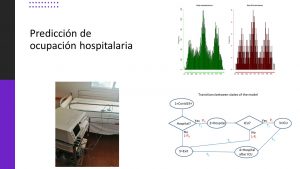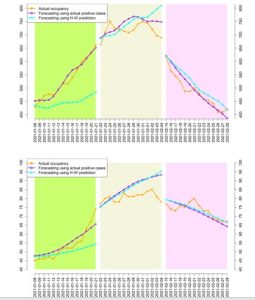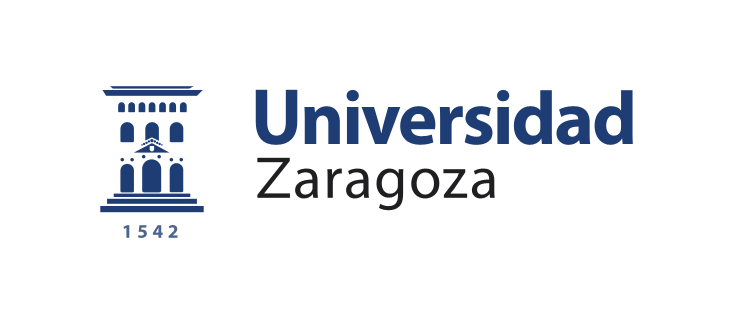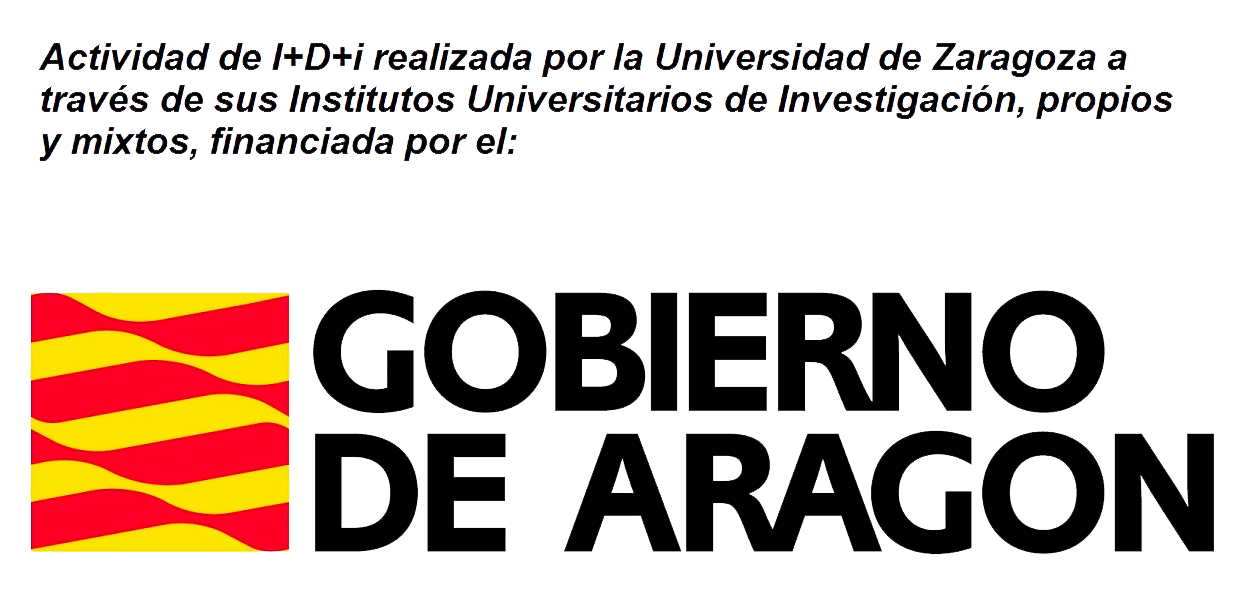A MATHEMATICAL MODEL TO PREDICT THE NUMBER OF BEDS FOR HOSPITALS
Researchers belonging to the Stochastic Models group and the Institute for Biocomputation and Physics of Complex Systems (BIFI) have developed a hospital management model capable of predicting the number of hospital and ICU beds required in situations of health stress such as those generated by a pandemic. (heliyon-paper)
 The model combines different techniques and probabilistic-statistical models such as multistate models, survival models or cure models. The procedure analyzes the trajectory of patients who have suffered from the disease and estimates the future bed requirements of the healthcare system.
The model combines different techniques and probabilistic-statistical models such as multistate models, survival models or cure models. The procedure analyzes the trajectory of patients who have suffered from the disease and estimates the future bed requirements of the healthcare system.
The model can be applied to a hospital, a set of hospitals or the health system of a region. The data used to generate the model are basic and are collected in any health system, such as the date of diagnosis of the disease, the date of hospitalization, if it has occurred, the date of admission to the ICU, if applicable, and the dates of discharge from the ICU or hospital or the date of death.
The tool has been validated with actual COVID-19 pandemic data. The model makes predictions of bed occupancy at 7 and 14 days and has shown a behavior very close to reality in the three scenarios that can occur during a wave of contagion: Up Scenario (increasing wave of the disease), Critical or Peak Scenario (maximum occupancy) and Down Scenario (decreasing wave).
In addition, it has been compared with similar objective models, one Israeli, two European and one American, and has demonstrated its superiority to all of them.
The model will help health system managers to better plan the resources needed to care for patients in a pandemic situation, establishing predictions that anticipate the need to set up extra beds in the ICU or to install a field hospital, for example. This research has led to the development of a computerized decision-support tool that is freely available for use by managers of affected health services anywhere in the world.
Finally, we would like to thank the IACS (Institute of Health Science of Aragón) for their collaboration in this research.










